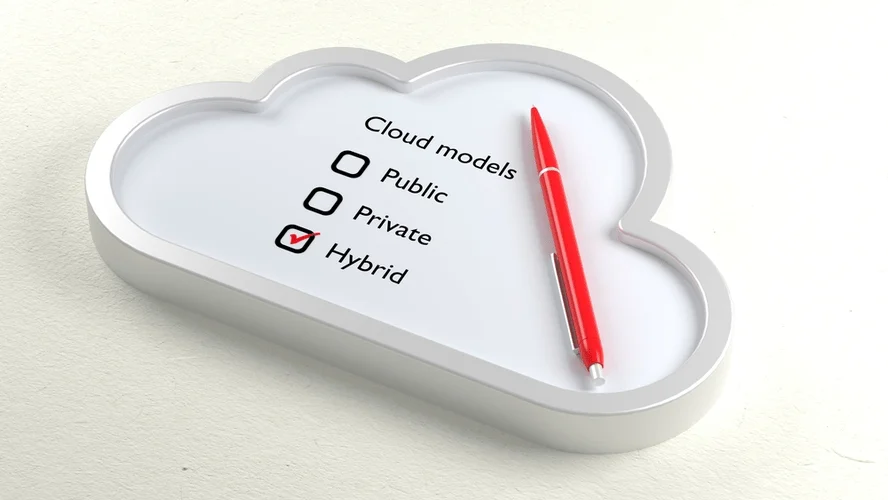Secure Software Development Life Cycle Requirements Phase
Content
In case of any confusion, the testers can consult with customer, system architect, or business analyst. Understanding the KPIs comprehensively helps identify software faults more efficiently. Software testing helps to improve the overall quality of the product and ensure that their product fulfills the end-users or the business needs. In this blog post, we will discuss the role of testing in the SDLC and explore the different stages that are commonly used to ensure the quality and reliability of software applications. Continuous Integration was born out of the need to avoid making mistakes.
If any changes are required or if any bugs are caught, then they will report it to the engineering team. Once those changes are made or the bugs are fixed then the final deployment will happen. Utilizing the software in its production environment constitutes the operation phase.
Requirements Gathering
In this phase, developers start build the entire system by writing code using the chosen programming language. In the coding phase, tasks are divided into units or modules and assigned to the various developers. It is the longest phase of the Software Development Life Cycle process. In this third phase, the system and software design documents are prepared as per the requirement specification document.

Getting the product to market quickly, return on investment , innovative features, and increasing revenue become a primary impetus for software development. Issues with developed software arise from time to time as customers start using the software. This means that the software will need ongoing maintenance, so the development team needs to continue to monitor and update the system as required. In this design phase of work, the team makes software design decisions regarding the architecture and make of the software solution. Also, an effective software development life cycle is what helps translate a vague business idea into a functional and completely operational structure.
Iterative Model
Deployment of system − Once the functional and non-functional testing is done; the product is deployed in the customer environment or released into the market. Fundamentally, SDLC trades flexibility for control by imposing structure. It is more commonly used for large scale projects with many developers. Once a system has been stabilized through testing, SDLC ensures that proper training is prepared and performed before transitioning the system to support staff and end users.

Agile methodology focuses on iterative, cross-functional collaboration to deliver rapid innovation in response to new business demands. Enabling flexibility and adaptive planning is one of the key themes of the agile software development model. It emphasizes quick feedback and continuous delivery of the working software at the end of every cycle.
Waterfall Model – Disadvantages
The spiral effect allows you to pick and choose models for each process stage. Some other popular choices include Spiral or Interactive approaches. All three attract developers as they allow for substantial iteration and testing before release onto the market or integrating a product part with a larger source code. The first release of a software application is rarely “finished”; there are always more features and bug fixes.
This process can involve incident resolution or management in the course of any issues or changes made to impact a customer or user base. At Advantio, we like to refer to the SSDLC, or the Secure Software Development Lifecycle, hence a securely implemented version of a standard https://globalcloudteam.com/ software development model. We will try to cover a few aspects of the SSDLC in this article, mainly concerning its requirements gathering phase. On this step, the team creates test cases and corresponding scripts based on the specific features and their requirements.
Deployment/ Deliver Phase
It provides in-depth control of the current process before moving to the next stage. With the V-model, testing starts as early as the requirements writing stage. Testing implies early quality control through a series of reviews and checks, which is called static testing. This method allows you to identify flaws at the earliest stages of project development and minimize errors in the future. This SDLC model is a kind of iterative-incremental combination with an emphasis on risk analysis. Based on the unique risk patterns of a given project, the model encourages the team to adopt elements of one or more process models, such as an incremental, waterfall, or evolutionary prototyping.
Teams at each iteration of work make the necessary design modifications and additional functional capabilities. This is also about incorporating feedback and insights during the software development process to continuously deliver value in a repeatable, quick, and sustained fashion. In this phase of work, a software implementation is packaged and tested to assure quality.
Examples of traditional SDLC models
During this phase, the client states requirements, specifications, expectations, and any other special requirement related to the product or software. All these are gathered by the business manager or project manager or analyst of the service providing company. Software team can choose any of many software development life cycle requirement phase models during their projects. Each model contains a series of unique steps that the team has to follow to complete the project. With the increasing complexity of software applications and the constantly evolving user requirements, it has become critical to ensure that the software is free from defects and works as intended.
- This helps avoid conflicts and duplicated work by ensuring all teams deploy the same programming languages and libraries.
- The engineers receive the requirements and the design from the other team members and the actual implementation work starts.
- Written documentation such as user guides, troubleshooting and FAQ’s can be used to help users with technical queries or solve problems.
- In this design phase of work, the team makes software design decisions regarding the architecture and make of the software solution.
- Several variants of Agile have emerged since the signing of the Manifesto.